Along with such common vegetable crops as cucumbers and tomatoes, growing hot peppers in open climatic conditions and in greenhouse conditions has gained great popularity in the middle climatic zone.
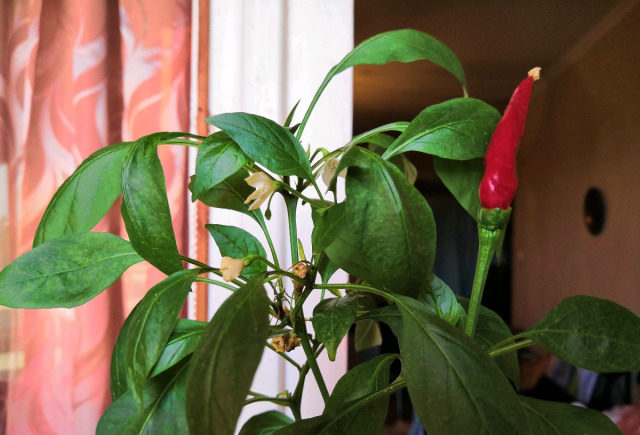
This species is a heat-loving culture, therefore, landing in the soil is carried out only by seedlings. The planting of seeds of hot pepper for seedlings should be done in February or March, depending on the region and variety, since this plant requires about 100-120 days for good fruiting.
Content
Characteristics of the culture and growing conditions of seedlings of hot pepper
This type of pepper needs plentiful sunlight, constant heat, proper watering with warm water. The most favorable time for its landing is February. In this case, seeds of later varieties are best sown at the beginning, and early ones at the end of the month.
During the germination period, it is important to ensure that the topsoil is constantly moist and the temperature does not drop below 25 degrees Celsius. If necessary, spray the ground with a spray gun. As soon as the first sprouts appear, the plant should be moved to the most lit place.
You can plant seedlings from the moment the stem reaches a height of 15 cm and the appearance of six leaves. At the same time, it is recommended to plant no more than 5 plants per square meter. Sweet and bitter species must be separated, placing these species in different parts of the garden. Otherwise, the sweet variety will be bitter. After placing the seedlings in the ground, delicate fragile stems should be tied to pegs.
After planting seedlings, it is necessary to ensure periodic watering, weeding and top dressing. During the growing season, the plant is most in need of magnesium and phosphorus, and before the fruit ripens, it is necessary to drastically reduce the irrigation intensity and the amount of nitrogen fertilizers.
In actively growing and flowering plants, it is necessary to remove the upper flowers, the tops of the main shoot. This will accelerate their growth and development.
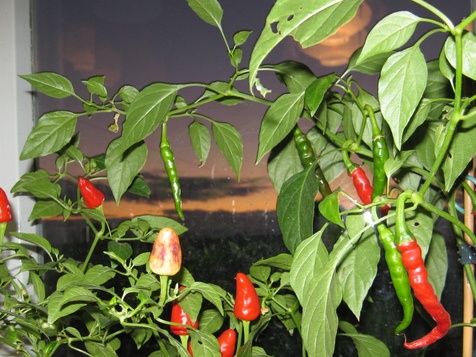
Choosing the most suitable vegetable variety
Bitter species of pepper culture include about 3 thousand varieties. Such fruits use various cuisines of the world as seasonings. At the same time, some species are characterized by a burning taste, while others have a milder sharpness. In addition to this characteristic, pepper varieties are classified according to the time of fruit ripening and are early, mid-ripening or late.
Choosing the optimum variety for specific conditions, you need to focus on some important characteristics of the plant.For example, the severity depends on the climatic conditions of cultivation. In a warm, humid environment, the fruits become sharper and more burning. Foreign seeds have the abbreviation SHU on the packaging, which indicates the degree of severity. The higher this indicator, the more hot pepper is.
The best varieties are characterized by high germination rates, good yield, resistance to adverse environmental influences and pathogenic microflora.
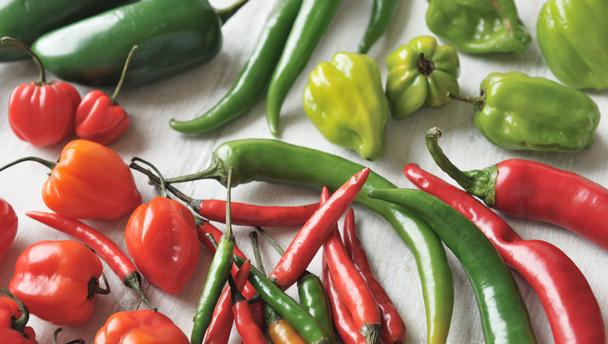 You may be interested in:
You may be interested in:You can distinguish such the best varieties of hot pepper, according to experienced gardeners.
| Grade | Features | Productivity | Fruit |
|---|---|---|---|
| Double abundance | Good tolerance to high temperatures, resistance to viral diseases | Up to 5 tiers in a greenhouse, 40 fruits per plant | Peppercorn-like peppercorns 18-21 cm long, weighing 50-80 g |
| Miracle of Moscow Region | Strong aroma, tall stems with few leaves, no need to form a bush | 20 fruits per bush, 3.6-3.9 kg / square meter | Cone-shaped, smooth, glossy with a diameter of up to 3 cm, length 20-25 cm, weight 45-50 g. The taste of pepper is characterized by weak spiciness |
| Burning bouquet | Suitable for open ground, greenhouses. Has a powerful bush up to 50 cm tall, which does not require garter | Good productivity, unpretentiousness | Cone-shaped pods 10-12 cm long, weighing 15-25 g. Bright red ripe pepper has a sharp taste, pleasant aroma |
| Chinese fire | Bush up to 65 cm high, high resistance to viral diseases, good transportability | High yield, pod ripening in 100 days | Cone-shaped, down-curved pepper up to 25 cm long, weighing 70 g. Strongly expressed pungent taste |
Rules for sowing seeds of hot pepper for seedlings
The optimal time for sowing seeds for seedlings depends on climatic conditions. For example, in areas with a mild climate, where the soil warms up to 15 degrees by the beginning of May, it is possible to sow seed material in January-February. For other regions, the period February-March will be optimal.
Seed preparation
Before sowing, you need to sort the planting material. To do this, you can pick up a glass of water and place the seeds in it. Those that pop up need to be discarded as "dummies" and removed. The remaining seed should be decontaminated. To solve this problem, you can resort to chemical or thermal treatment.
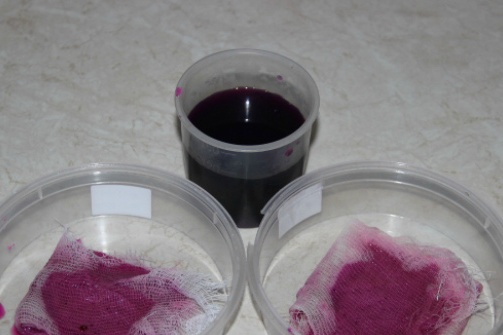
The thermal method requires water heated to 50 degrees, into which the seed mass is immersed for 15-20 minutes. After that, all seeds need to be cooled under running water. At the end of both procedures, for feeding and stimulating growth, it is recommended to place the seeds inside a special solution for half an hour. For these purposes, it is better to use Zircon or Gumat.
When buying planting material online or in specialized stores, it often does not need to be further processed. But in such cases, you need to carefully read the instructions. The seed mass is often covered with a special shell, which, when wet, loses its properties. Therefore, if you place it in any aqueous solution, you can completely spoil it.
Soil and capacity selection
For seed germination, you can use cotton pads that need to be constantly moistened. As soon as the seeds begin to hatch, they should be transplanted immediately, without waiting for the emergence of sprouts.
Serious attention should be paid to the selection of suitable soil.When planting on seedlings, you can purchase a special substrate, which offers many specialized stores. Many experienced gardeners advise you to prepare the optimal soil that will best suit the hot pepper.
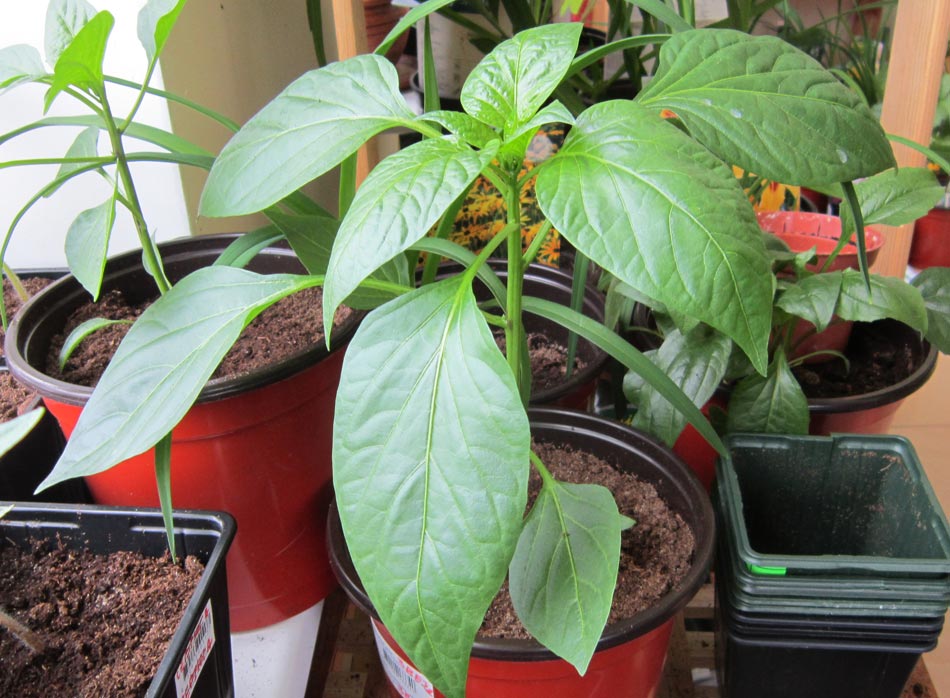 You may be interested in:
You may be interested in:It is better to plant seeds in the soil, which consists half of the land of the garden, where seedlings will be transferred in the future. This will facilitate this process, create the most favorable conditions for the growth and development of the plant.
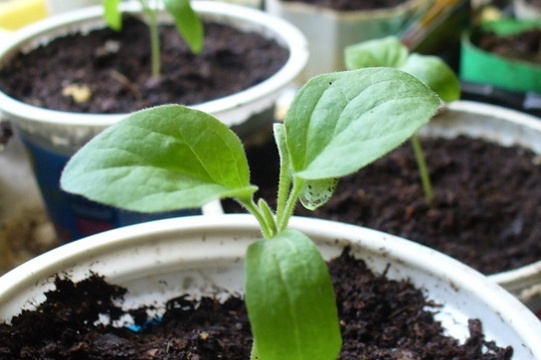
Ready soil for planting seeds for seedlings should be characterized by a slightly acidic, neutral environment. It should have a sufficient content of nutrients, retain moisture, while maintaining airiness and friability.
Seeds for seedlings can be sown both in small individual pots, and put them inside a common container, observing a certain interval. In both cases, peat tablets are recommended. You can also use special boxes, plastic cups.
The algorithm of planting seeds and care before diving
The process of sowing seeds does not require special physical and time costs. On the other hand, during this period it is required to show constant attention and carry out timely care, focusing on the state of the plants. Pepper seeds are planted inside the prepared soil to a depth of 1 cm in individual containers or general special boxes.
Growing hot pepper for seedlings is required according to the following algorithm:
- First, the soil must be watered with a weak solution of potassium permanganate. Spread prepared seeds inside small parallel grooves in a checkerboard pattern to a depth of 1 cm, sprinkle lightly and compact. To maintain a comfortable temperature and humidity, it is recommended to cover the box with glass or a transparent film. Place seedlings in a warm place with a temperature of at least 25 degrees.
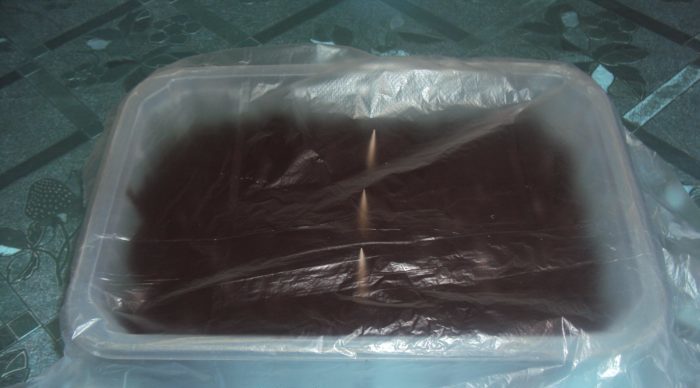
Seed container under the film - The first sprouts should appear above the ground in 10 days. After that, it is necessary to open the coating material to prevent the accumulation of condensate. After the alignment of the bulk of the stems, the appearance of the first two leaves, the glass is completely removed.
- It is necessary to ensure that the earth is constantly wet. It should be watered with settled water at room temperature. In this case, you can not fill the soil. In addition, it is recommended to periodically spray the green mass.
- Ensure saturated lighting should be using clean southern windows, reflective foil screens, fluorescent lamps. In total, the length of daylight should be at least 12-14 hours.
- After the first leaves appear, it is recommended to fertilize the plant with ammonium nitrate every 10 days. Before planting, it is recommended to carry out complex top dressing.
Correct landing dates
It is believed that it is better to plant pepper on the right days, which should be chosen taking into account weather conditions, the lunar calendar, and the characteristics of the variety of the plant itself. A favorable month for these purposes is February. Taking into account the week for seed preparation, the growing period of early ripe species is 66 days, mid-ripening - 76, late - 81 days. The sowing date differs depending on the climatic conditions of a particular region. For example, when planning to plant seedlings on May 15, you need to subtract data from the growth period of a particular plant from this date.
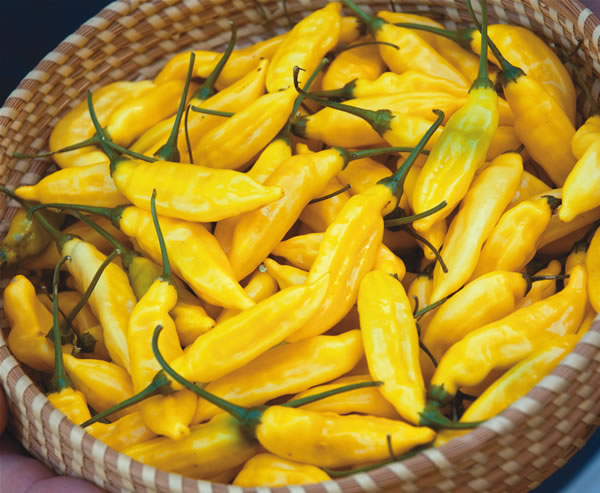 You may be interested in:
You may be interested in:After carrying out such calculations, it is recommended to compare the received dates with the lunar calendar. In accordance with it, the following dates are favorable and unfavorable days for planting seeds in 2019.
| Month | Auspicious days | Bad dates |
|---|---|---|
| January | 10, 11, 18, 31 | |
| February | 1, 2, 8, 9, 10, 11, 12, 15, 24 | 3, 4, 20 |
| March | 3, 4, 10, 11, 12, 13, 14, 17, 26 | 3, 5, 31 |
| April | 2, 3, 4, 9, 13, 16, 25 | 5 |
| May | 7, 8, 9, 10, 14, 15 | 20, 29, 30 |
| June | 4, 5, 12, 13, 14, 18 |
Following these rules, the likelihood of obtaining healthy and strong plants increases significantly. It is strongly not recommended to plant such pepper in the earth with the full moon. On the other hand, the most favorable zodiac signs for this procedure are Capricorn, Pisces, Taurus and Cancer.
Common Questions About Growing Hot Pepper Seedlings
Hot peppers are a plant beneficial to human health. The right approach to planting, growing, taking into account its characteristics and needs, will ensure a good harvest of a quality product.





 Calorie pepper stuffed with meat and rice - BZHU per 100 grams
Calorie pepper stuffed with meat and rice - BZHU per 100 grams Gorky pepper - the best varieties for open ground
Gorky pepper - the best varieties for open ground Hot pepper seeds - the best varieties for open ground and reviews
Hot pepper seeds - the best varieties for open ground and reviews Capsicum tincture for hair - how to use and reviews
Capsicum tincture for hair - how to use and reviews